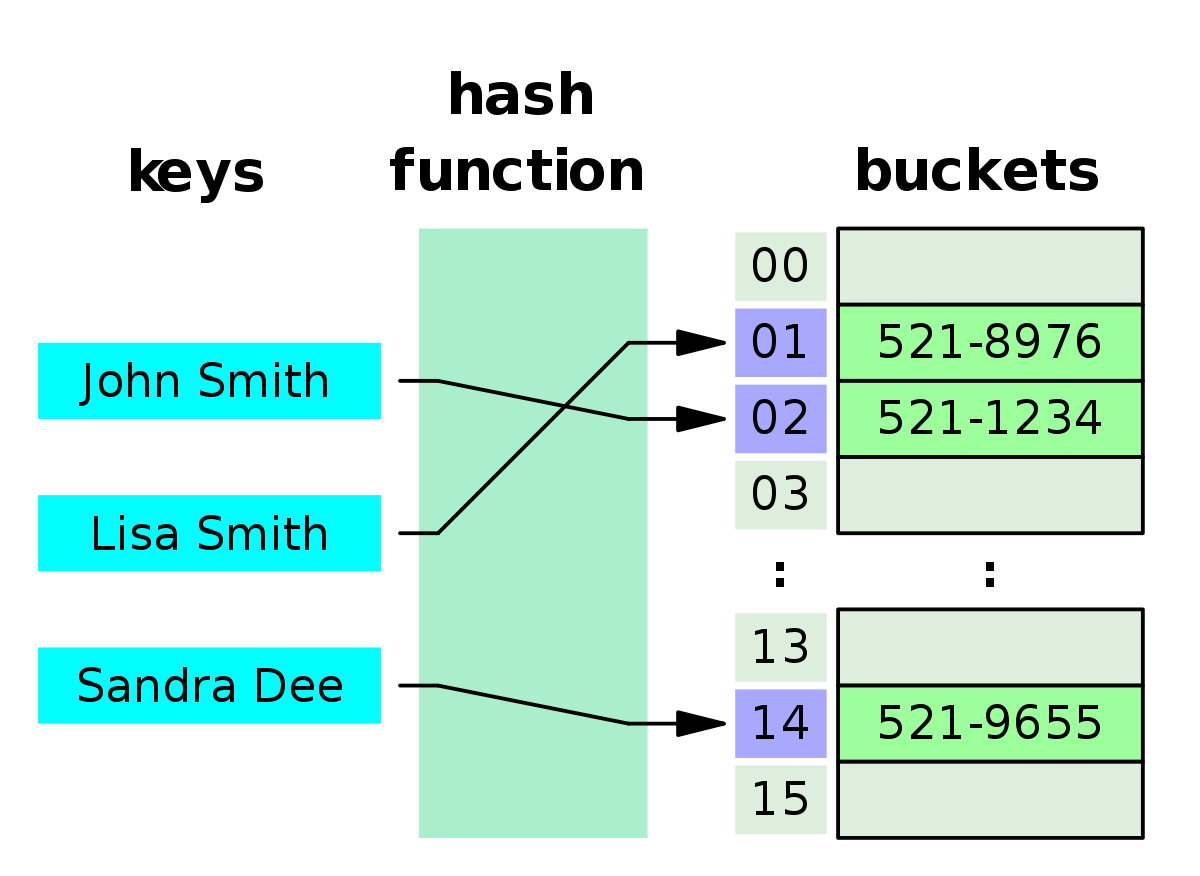Java SE Development Kit 10.0.2 This software is licensed under the Oracle Binary Code License Agreement for the Java SE Platform Products Java SE Runtime Environment 10.0.2 This software is licensed under the Oracle Binary Code License Agreement for the Java SE Platform Products. Software Developers: JDK (Java SE Development Kit): For Java Developers. Includes a complete JRE plus tools for developing, debugging, and monitoring Java applications. Administrators running applications on a server: Server JRE (Server Java Runtime Environment): For deploying Java applications on servers. Includes tools for JVM monitoring.
Java Platform, Standard Edition | ||
|---|---|---|
Java SE 8u51This release includes important security fixes. Oracle strongly recommends that all Java SE 8 users upgrade to this releaseLearn more | ||
| JDK | |
Server JRE | ||
JRE | ||
Which Java package do I need?
| ||
Java SE 7 and Java SE 6 updatesUpdates for Java SE 7 released after April 2015, and updates for Java SE 6 released after April 2013 are only available to Oracle Customers through My Oracle Support (requires support login).Java SE Advanced offers users commercial features, access to critical bug fixes, security fixes, and general maintenance. | ||
Early Access ReleasesEarly access versions of future releases of the JDK and the JRE are available for testing. These early access releases include future update and future major releases. These releases are licensed only for testing, not for use in production. | ||
JDK 8 Demos and SamplesDemos and samples of common tasks and new functionality available on JDK 8. JavaFX 8 demos and samples are included in the JDK 8 Demos and Samples packages. The source code provided with demos and samples for the JDK is meant to illustrate the usage of a given feature or technique and has been deliberately simplified. | ||
Java is a computer programming language that is concurrent, class-based and object-oriented. It was originally developed by James Gosling at Sun Microsystems. Java applications are compiled to bytecode (class file) that can run on any Java virtual machine (JVM) regardless of computer architecture.
Java is currently owned by the Oracle Corporation which acquired Sun Microsystems in 2010. Finereader mac. Following tutorial will show you how to setup and configure Java 10 on Windows so you can develop and run Java code.
Java Se Development Kit 10
Check following posts if you are looking to download and install JDK 1.5, JDK 1.6, JDK 1.7, JDK 1.8 or JDK 1.9.
Java can be obtained from the Oracle Java download page. There are a number of different Java packages available, for this tutorial we will be installing Java Standard Edition (SE) on Windows.

In order to be able to compile Java code, we need the Java Development Kit (JDK) package that comes with a Java compiler. The JDK package also comes with a Java runtime environment (JRE) that is needed to run compiled Java code.
As we are installing the latest Java version, you can find it at the top of the Oracle Java download page. Click on the Download button right below JDK.
Java Se Development Kit 10 Downloads Page
Here is the direct link to download the jdk 10.0.1 installer for Windows 64 bit.
Accept the License Agreement and pick the correct download for your operating system. In this example, we will use the Windows 64 bit version.
Sign in using your Oracle account (or create a new one) and the download should start. Once the download is complete, locate the jdk-10.0.1_windows-x64_bin.exe file and double-click to run the installer.
Click Next and on the following screen optionally change the installation location by clicking on the Change.. button. In this example the default install location of 'C:Program FilesJavajdk-10.0.1' was kept. From now on we will refer to this directory as: [java_install_dir].
We will not install the public JRE as the JDK Development tools include a private JRE that can run developed code. Select the Public JRE dropdown and click on This feature will not be available. as shown below.
Click Next and then Close to finish installing Java.
In order for Java applications to be able to run we need to setup a 'JAVA_HOME' environment variable that will point to the Java installation directory. In addition, if we want to run Java commands from a command prompt we need to setup the 'PATH' The price of macbook air. environment variable to contain the Java bin directory.
When using Windows the above parameters can be configured on the Environment Variables panel. Click on the Windows Start button and enter “env” without quotes as shown below.
Environment variables can be set at account level or at system level. For this example click on Edit environment variables for your account and following panel should appear.
Click on the New button and enter “JAVA_HOME” as variable name and the [java_install_dir] as variable value. In this tutorial the installation directory is 'C:Program FilesJavajdk-10.0.1'. Click OK to to save.
Click on the New button and enter “PATH” as variable name and “%JAVA_HOME%bin” as variable value. Click OK to save.

Note that in case a 'PATH' variable is already present you can add “;%JAVA_HOME%bin” at the end of the variable value.
The result should be as shown below. Click OK to close the environment variables panel.
In order to test the above configuration, open a command prompt by clicking on the Windows Start button and typing “cmd” followed by pressing ENTER. A new command prompt should open in which the following command can be entered to verify the installed Java version:

The result should be as shown below.
This concludes the setting up and configuring JDK 10 on Windows.
If you found this post helpful or have any questions or remarks, please leave a comment.

Comments are closed.